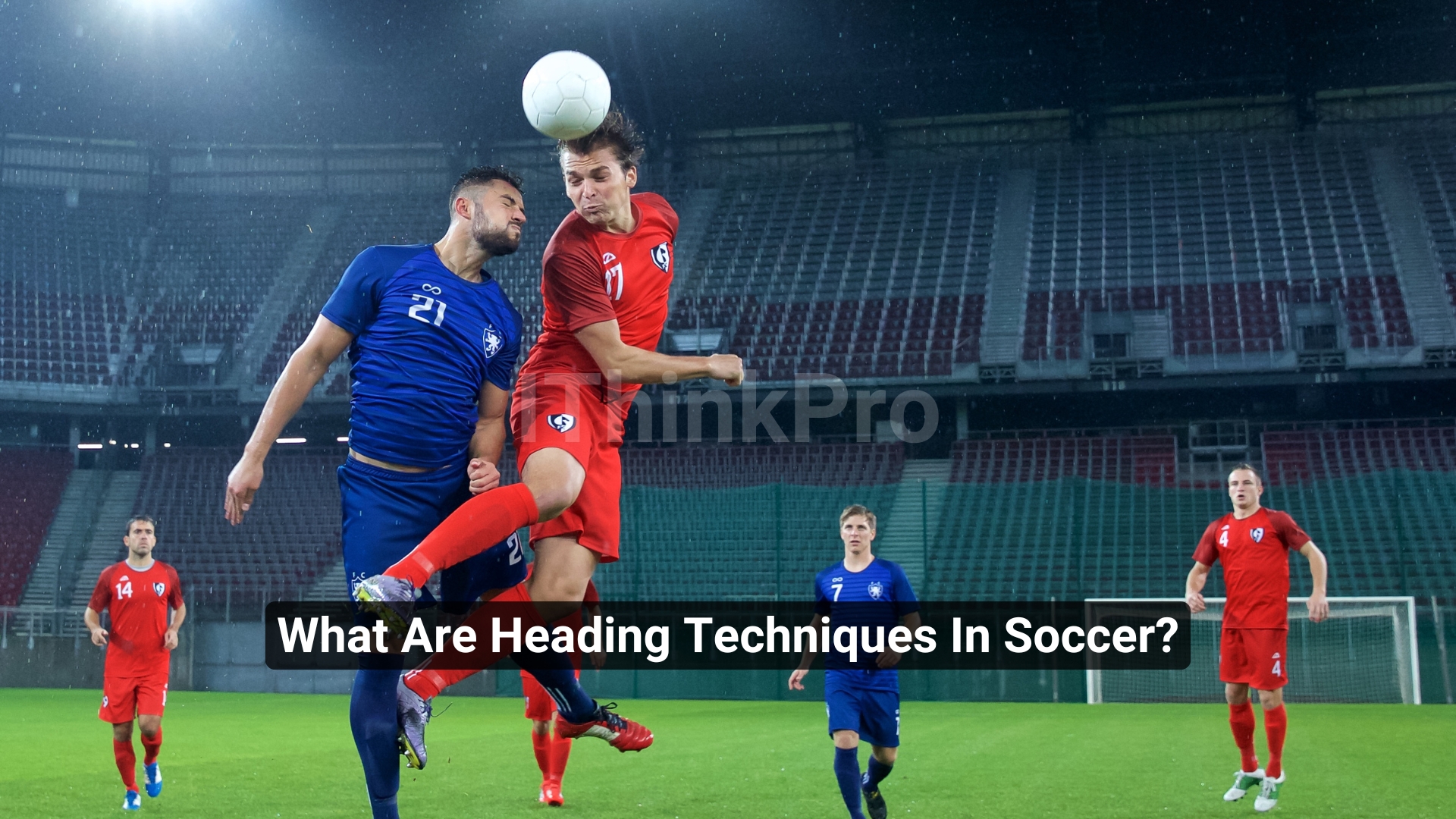Introduction
Hello Champ!
Many soccer players struggle to control the ball during fast-paced plays, leading to missed opportunities and loss of possession. Without mastering ball control techniques, maintaining possession under pressure becomes an uphill battle, especially during critical moments.
Ditching in soccer offers an effective way to gain control of the ball, whether it’s in the air or rolling on the ground. By learning proper trapping techniques, you can improve the first touch, maintain possession, and set up accurate passes or shots.
So, what is trapping in soccer, and how can you use it to elevate your gameplay? This article discusses the techniques, types, and importance of trapping, helping you master this basic skill. Whether you’re a beginner or looking to improve advanced tricks, keep reading to unlock valuable insights for your game.
Understanding Trapping in Soccer
What Does Trapping Mean in Soccer?
Trapping in soccer is the art of controlling the ball after it arrives from a pass, clearance, or deflection. It allows players to stop or slow down the ball’s movement to maintain possession or prepare for the next play. Whether the ball is rolling on the ground, flying through the air, or bouncing unpredictably, trapping ensures precision and control.
Why Trapping is Essential for Ball Control
Trapping is a foundational skill that enhances a player’s ability to dictate the game’s tempo. It plays a critical role in maintaining possession, improving passing accuracy, and setting up attacks. Without proper trapping, players may struggle to keep the ball under control, leading to turnovers and missed opportunities.
Types of Trapping Techniques in Soccer
Foot Trap: Controlling the Ball on the Ground
The foot trap is one of the simplest and most commonly used techniques. To execute it:
- Position your dominant foot slightly above the ball as it approaches.
- Gently press the ball to the ground, stopping its movement.
This method is effective for controlling ground passes and preparing for the next move, whether it’s a pass, dribble, or shot.
Thigh Trap: Managing High Balls with Precision
The thigh trap is ideal for controlling balls that drop from a height. To perform a thigh trap:
- Raise your thigh to meet the ball at its peak.
- Absorb the ball’s momentum by slightly retracting your leg upon contact.
This technique allows you to control high passes or deflections, setting up for a smooth transition.
Chest Trap: Cushioning and Redirecting the Ball
A chest trap is used when the ball arrives at torso height. To execute it:
- Position yourself directly under the ball’s trajectory.
- Puff out your chest slightly and lean back to absorb the impact.
Chest trapping is excellent for cushioning the ball and directing it downward for better control.
Directional Trapping: Setting Up for the Next Move
Directional trapping combines ball control with strategy. Instead of simply stopping the ball, you guide it toward your next intended action. For example:
- Use the inside of your foot to direct the ball toward an open teammate.
- Redirect the ball to your dominant side to prepare for a shot or pass.
This technique adds fluidity and efficiency to your gameplay.
Training to Improve Trapping Skills
Drills for Developing a Softer Touch
Practicing with repetitive drills helps refine your touch. Some effective drills include:
- Juggling the ball to improve control.
- Passing the ball against a wall and trapping it as it returns.
Exercises for Better Ball Absorption
Ball absorption exercises focus on reducing the ball’s momentum. Practice using your thighs, chest, and feet to cushion the ball’s impact during training.
Practicing Under Pressure for Game Scenarios
Simulate game scenarios by practicing trapping while under pressure from a defender. This builds confidence and enhances decision-making during matches.
Combining Trapping with Passing for Fluid Play
Work on drills that combine trapping with accurate passing. For example:
- Trap the ball with your foot, then immediately pass to a teammate.
- Use directional trapping to set up one-touch passes.
Common Trapping Mistakes and How to Avoid Them
Misjudging the Ball’s Trajectory
Failing to read the ball’s path can result in ineffective traps. Focus on tracking the ball’s flight and adjusting your position accordingly.
Using Too Much Force During a Trap
Overpowering your touch can cause the ball to bounce away. Practice applying a gentle touch to absorb the ball’s momentum.
Poor Body Positioning for Effective Trapping
Incorrect positioning can hinder your ability to trap effectively. Always align your body with the ball’s trajectory and maintain a balanced stance.
How Trapping Enhances Gameplay
Maintaining Possession Under Pressure
Trapping allows you to keep the ball close, even when opponents apply pressure. This ensures your team retains control and minimizes turnovers.
Setting Up Attacks with Accurate Trapping
A well-executed trap can be the first step in launching an attack. By controlling the ball quickly and efficiently, you can create opportunities for shots or passes.
Improving Team Coordination Through Better Ball Handling
Effective trapping improves communication and coordination with teammates. By delivering the ball precisely, you enable smoother transitions and better gameplay.
Advanced Trapping Techniques for Competitive Play
Trapping and Transitioning to Offensive Moves
Advanced players use trapping to transition seamlessly into offensive actions. For example:
- Trap the ball with your chest, then immediately pass or shoot.
Shielding the Ball After a Trap
Shielding involves using your body to protect the ball from defenders after trapping it. This ensures you maintain possession and control under pressure.
Trapping in Tight Spaces for Quick Decision-Making
In crowded areas, trapping requires quick thinking and precision. Use techniques like directional trapping to navigate through defenders and create space.
Measuring and Tracking Trapping Performance
Evaluating First-Touch Accuracy in Matches
Assess your first touch by reviewing game footage and noting how effectively you control the ball upon contact.
Setting Trapping Goals for Skill Development
Establish specific goals, such as improving your thigh trap or mastering directional trapping, to measure progress.
Analyzing Game Footage to Improve Trapping Efficiency
Watch replays of your matches to identify strengths and weaknesses in your trapping techniques. Use this analysis to refine your skills.
Conclusion
Mastering soccer trapping is a game-changer. It empowers you to control the ball with precision, set up critical plays, and maintain possession under pressure. From basic foot traps to advanced techniques like shielding and directional trapping, each method improves your gameplay. Avoid common mistakes by practicing with drills, focusing on soft touch, and improving your decision-making under pressure.
Trapping isn’t just a skill – it’s a strategy that controls your ball, builds team coordination, and lays the foundation for successful attacks. With consistent practice and dedication, you can elevate your performance and dominate the field.
If you found this guide useful, share it with your colleagues or anyone who loves soccer! Check out our website for more tips and insights on soccer and other sports-related topics. Let’s take your skills to the next level — get started today!
FAQs
Q1. What is a tackle in soccer?
Trapping in soccer is the technique used to control and block the ball after receiving it, allowing players to maintain possession and prepare for the next move.
Q2. Why is trapping important in soccer?
Trapping helps players control the ball, maintain possession under pressure, and create opportunities for passes, shots, or transitions during gameplay.
Q3. What are the main types of tackles in soccer?
The main types are foot traps for ground control, thigh traps for high balls, and chest traps for cushioning and redirection.
Q4. How can I improve my trapping skills?
You can improve trapping by practicing exercises that focus on absorbing the ball, soft touches, and game-like scenarios. Constant practice helps increase your control and accuracy.
Q5. What are common mistakes in trapping?
Common mistakes include using too much power, misjudging ball speed, and poor body positioning, all of which reduce control. Practicing focus can help avoid these mistakes.











